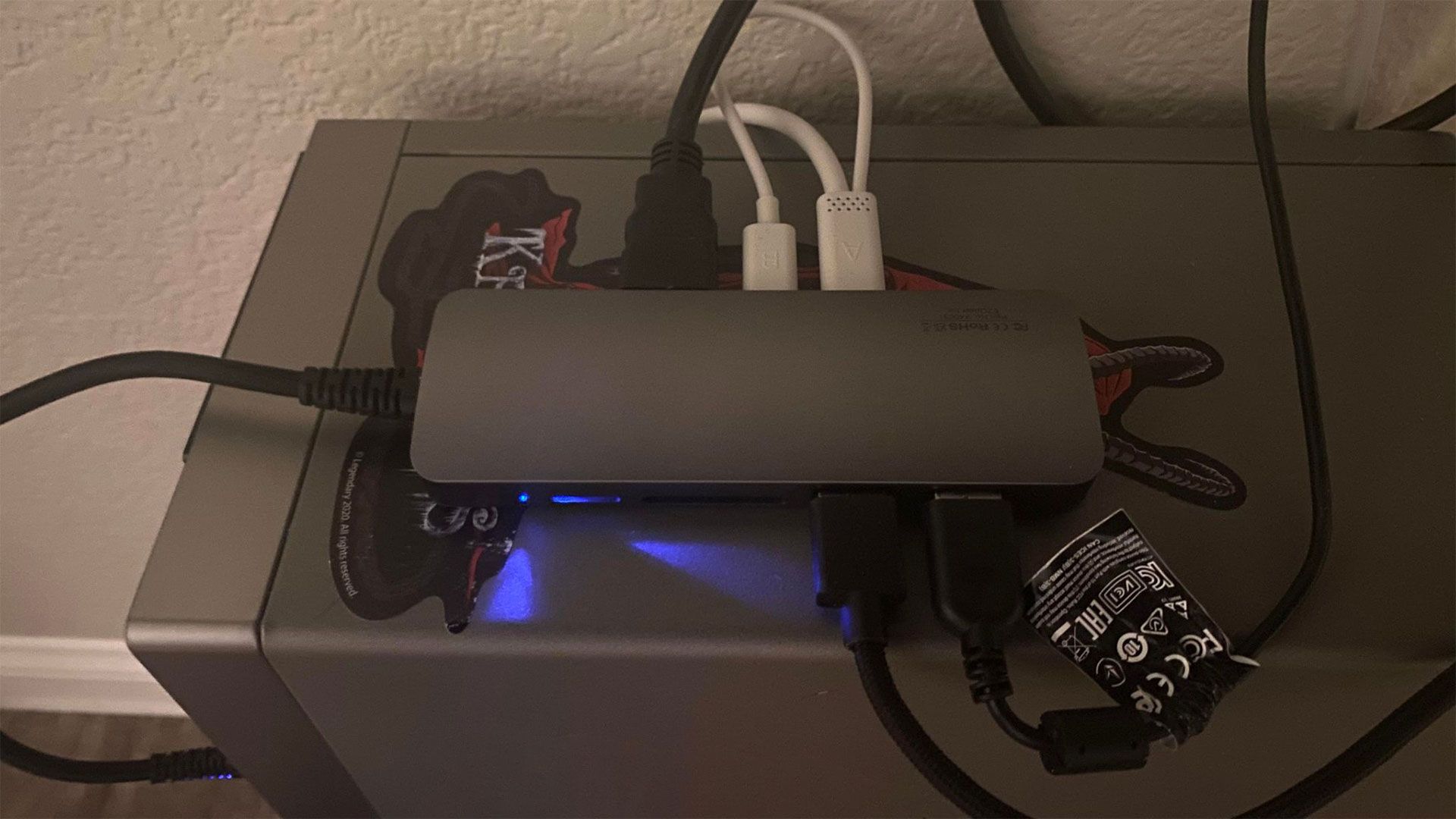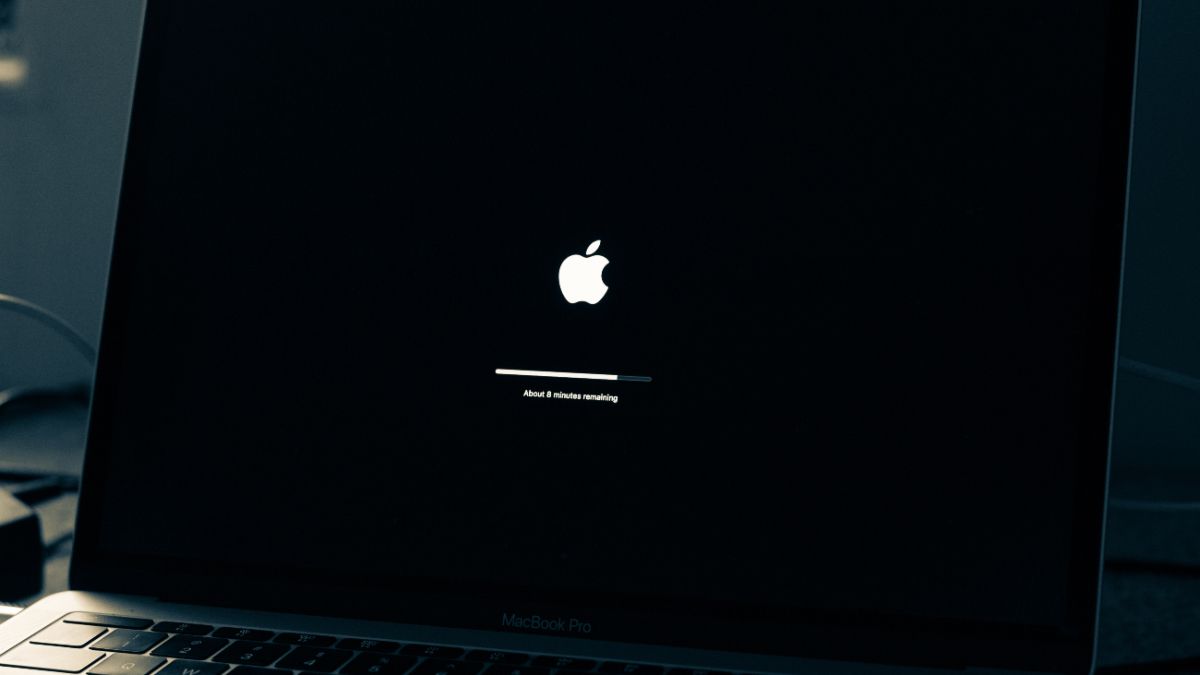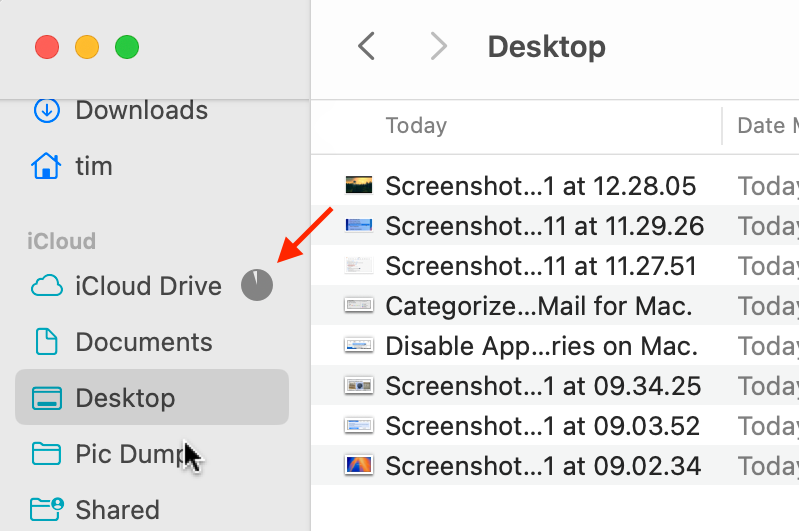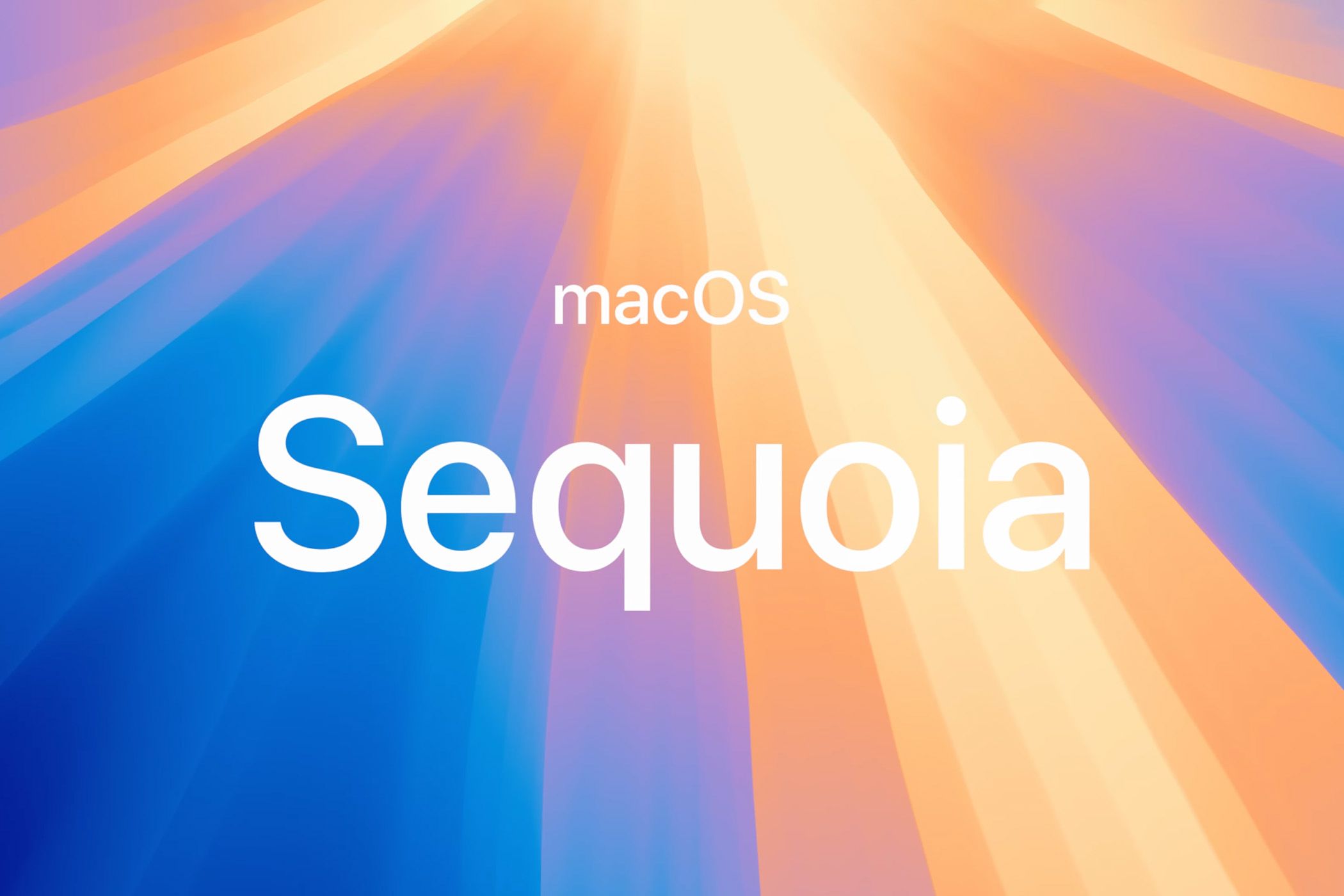Updates are essential to keep your computer running smoothly. macOS can now install many critical updates (known as security responses) without rebooting your computer, but standard updates still rely on a restart.
Here are a few things you should do before you next update your Mac. A few of these are important, even if you have automatic updates enabled.
5
Back Up With Time Machine
Time Machine is Apple’s built-in backup solution. It allows you to make a backup of your Mac to an external drive, which you can use in the future to fully restore your Mac or to recover files that have been lost. If you haven’t got a Time Machine backup, you’re taking an unnecessary risk and should take steps to remedy it (and no, iCloud isn’t the same thing).
If you don’t like Time Machine, consider using one of the many Time Machine alternatives instead (just remember that Apple has built Time Machine into macOS recovery, vastly streamlining the process of taking your Mac from an as-new state to the one you know and love).
Whenever you install a macOS update, big or small, you’re making changes to important files on your Mac’s boot volume. Though the chances of something going wrong are low, you’ll find plenty of stories online about Apple machines that have stalled mid-update only to require some sort of corrective procedure. Often, this involves reinstalling macOS in order to get things running smoothly again.
Speaking from experience, this is far more likely to happen when performing a major macOS update (like when upgrading to a new major version, like macOS 15.0). I’ve been through it myself, and I’ve never been so glad to have a Time Machine backup that I knew would get me right back to where I started.
You should get into the habit of backing up with Time Machine weekly, but especially before an update. While it’s easy enough for desktop Mac mini and iMac owners to just leave the drive connected, MacBook owners might want to consider investing in a USB-C hub with power delivery so that they can charge, backup, and expand their array of ports through a single connection.

Related
Need more ports for your laptop, PC, or gaming rig? Check out these USB-C hubs.
4
Sync Your Photos, iCloud Drive, and Other Data
As long as you have an internet connection, iCloud and other cloud-based storage should always be syncing in the background. You only need to worry about this if you’ve recently added a bunch of files to a particular service, and you’re waiting for them to sync.
For example, if you move images from your camera’s memory card straight into your Photos library and you’re using iCloud Photos Library to back everything up, then you’ll want to check on the sync status (visible at the bottom of the Library gallery view) before you update.
Since Time Machine doesn’t back up the contents of your iCloud Drive, if you’ve been moving files around then you’ll want to make sure the syncing process has finished. You can check this by looking for the syncing icon (it looks like a circle that fills up as the process nears completion).
The same is true for any off-site backup services you might be relying on, especially if you’re not going the Time Machine route.
3
Check Important Apps Will Work Before Performing a Major Upgrade
This only applies to major upgrades, like when moving from one version number (macOS 15.4) to another (macOS 16.0). Apple often makes big changes to the way macOS handles everyday operations in these releases. Despite having a lead time for developers to prepare for the change, many apps don’t get updates until after the release window has passed.

Related
Should You Wait to Upgrade to the Latest Version of macOS?
Before you rush to download macOS 13 Ventura, there are some things to consider.
This can result in apps not working at all, which can spell disaster if you rely on them for work or play. A few years ago I had an issue getting my preferred fork of open-source image editor GIMP working because Apple introduced new permissions that limited folder access. I couldn’t open images in the app because the app didn’t have permission to access the folder, and macOS wouldn’t prompt me.
Outside of issues like this, new versions of macOS can also introduce stability problems for old software. Sometimes apps refuse to open altogether. If you have any software that you absolutely rely on, or would like to keep using in the short term, check for any updates or official word from the developer before you apply the update.
These upgrades won’t install automatically, even if you have automatic updates enabled, so there’s no risk of accidentally breaking your favorite video editor or 3D modeling app. Apple continues to issue mission-critical security updates for the previous version of macOS, so the only thing you’ll really be missing out on are new features and updated versions of apps like Safari.
When you’re confident that your apps are good to go, go ahead and upgrade to the next version of macOS. Many users prefer to wait a few weeks after a new major version for a X.0.1 or a X.1 update to fix some of the bugs that will inevitably slip through the cracks.
2
Clear Your Schedule for the Next 30 Minutes
Depending on the size of the update, your Mac can take anywhere from a few minutes to a whole hour to complete an update. Older machines will take longer, as will larger updates (like major upgrades). Your Mac will be completely out of action for as long as the update takes to apply.
During this time you’ll see a status bar that seems like it’s not moving, black screens that feel like they’re hanging around for way too long, and a rough time estimate of how long the update will take to complete. I’d recommend not even bothering to sit down at your Mac during this time.
Make a cup of coffee, go outside, and just forget about your Mac for a bit.
1
Close Any Open Apps
Normally, when you restart your Mac you get the option of checking or unchecking the box that lets you decide whether to open the same apps when your computer boots back up again. You don’t get that option when performing an update, since macOS will request the update, confirm that you want to proceed, and then count you down when everything is ready.
Take a moment to look at everything you have open. You might want some apps to open up again, like Safari and Notes. But you might want to close others, like any video or photo editors you’ve left open, Steam, Apple Maps, or even the System Settings pane.
This isn’t exactly vital, it’s just nice not to have all the “What’s New” windows popping up at once when your Mac eventually reboots.
Should you Enable Automatic Updates?
Automatic updates keep your Mac up to date by installing updates at opportune moments, like in the middle of the night. But there are some good reasons to leave this feature off, like if you’re particularly bad at remembering to back up your Mac with Time Machine.
Instead, you can tell macOS to download updates automatically but not install them. Use the System Settings > General > Software Update menu to do this by clicking on the “i” next to “Automatic Updates” and toggling the relevant options.
macOS will never automatically upgrade your Mac to the next major version of the OS, even if this setting is enabled.







